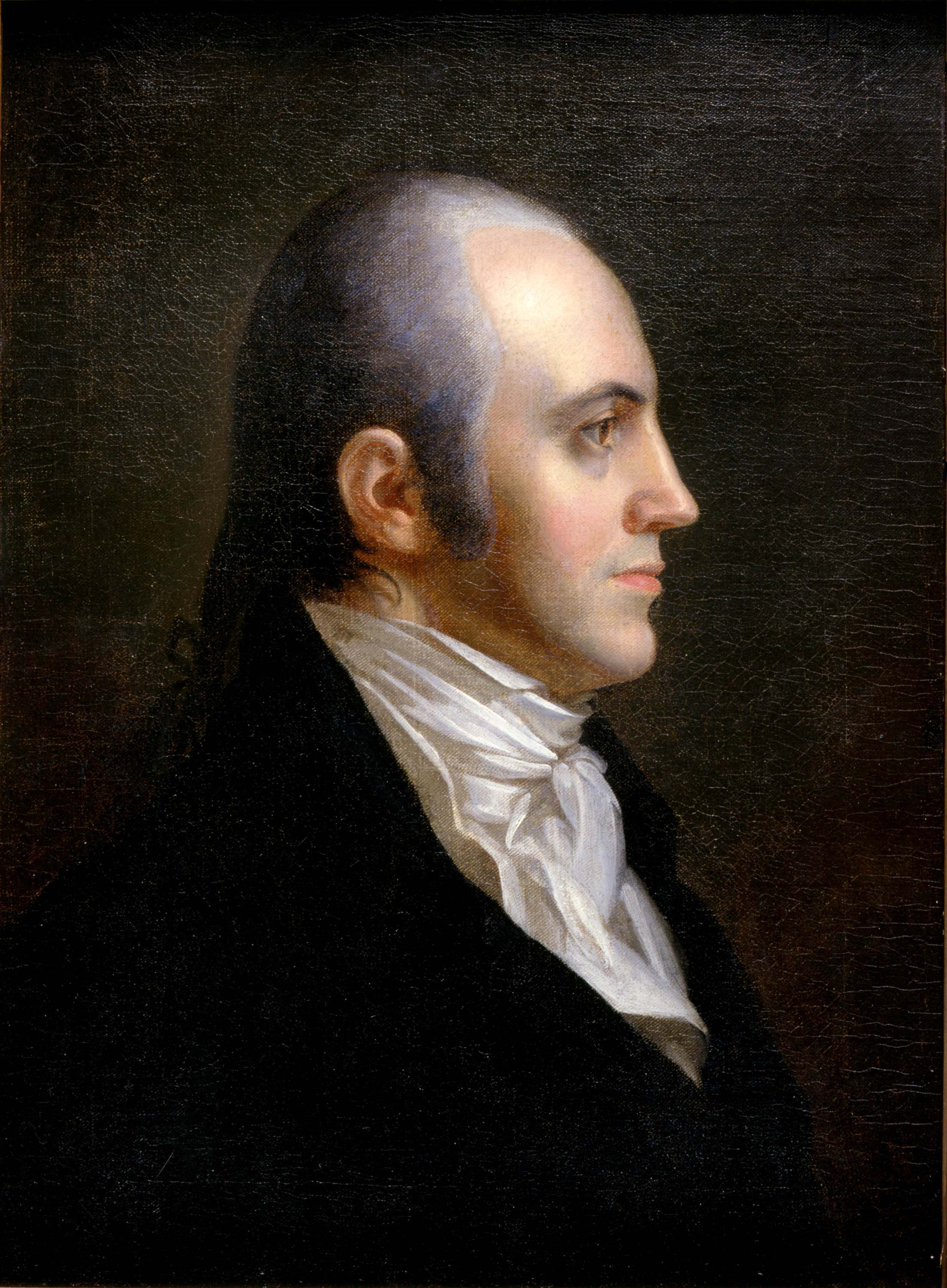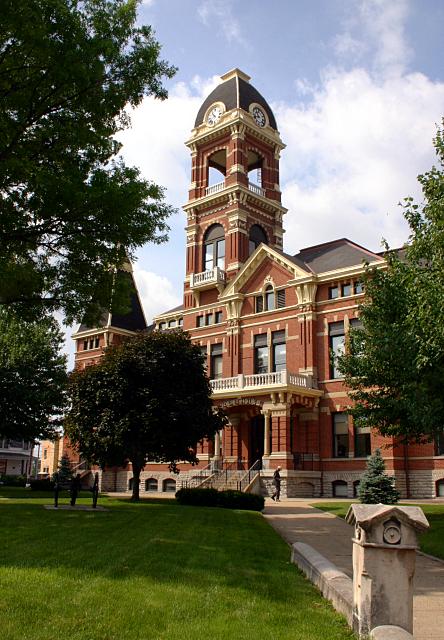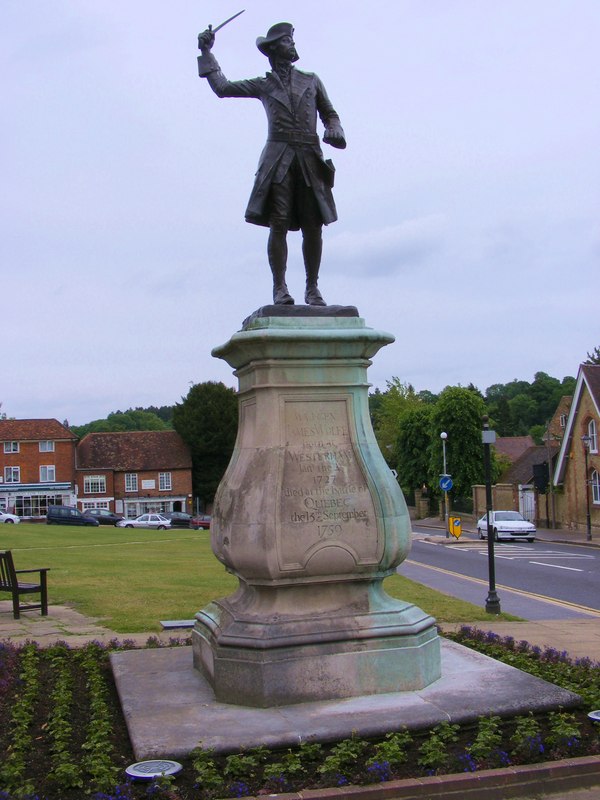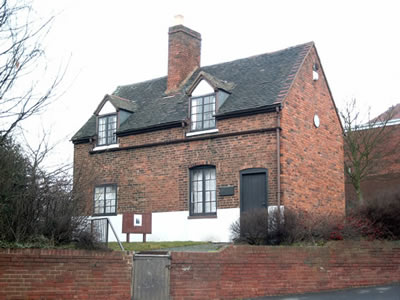|
Thomas S. Hinde
Thomas Spottswood Hinde (April 19, 1785 – February 9, 1846) was an American newspaper editor, opponent of slavery, author, historian, real estate investor, Methodist minister and a founder of the city of Mount Carmel, Illinois. Members of the Hinde family were prominent in Virginia, Kentucky, Ohio, and Illinois. His sons Charles T. Hinde became a shipping magnate and Edmund C. Hinde an adventurer. He was the father-in-law of judge Charles H. Constable. Hinde was an active businessman, pursuing real estate, construction, and publishing opportunities in Kentucky, Ohio and Illinois. In his early years, Hinde publicly opposed slavery. He also used his newspaper, ''The Fredonian'', in Chillicothe, Ohio between 1806 and 1808, to highlight issues about Indian treaties and the conspiracy of Aaron Burr. He served in the War of 1812. In later years he was a pioneer in the settlement of Indiana and Illinois, and the expansion of the Methodist Episcopal Church in these areas. He contrib ... [...More Info...] [...Related Items...] OR: [Wikipedia] [Google] [Baidu] |
Hanover County, Virginia
Hanover County is a county in the Commonwealth of Virginia. As of the 2020 census, the population was 109,979. Its county seat is Hanover Courthouse. Hanover County is a part of the Greater Richmond Region. History Located in the western Tidewater region of Virginia, Hanover County was created on November 26, 1719, from the area of New Kent County called St. Peter's Parish. It was named for the Electorate of Hanover in Germany, because King George I of Great Britain was Elector of Hanover at the time. The county was developed by planters moving west from the Virginia tidewater, where soils had been exhausted by tobacco monoculture. Hanover County was the birthplace and home of noted American statesman Patrick Henry. He reportedly married Sarah Shelton in the parlor of her family's house, Rural Plains, also known as Shelton House. At the Hanover Courthouse, Henry argued the case of the Parson's Cause in 1763, attacking the British Crown's attempt to set the salaries of ... [...More Info...] [...Related Items...] OR: [Wikipedia] [Google] [Baidu] |
Aaron Burr
Aaron Burr Jr. (February 6, 1756 – September 14, 1836) was an American politician and lawyer who served as the third vice president of the United States from 1801 to 1805. Burr's legacy is defined by his famous personal conflict with Alexander Hamilton that culminated in Burr–Hamilton duel, Burr killing Hamilton in a duel in 1804, while Burr was vice president. Burr was born to a prominent family in New Jersey. After studying theology at Princeton, he began his career as a lawyer before joining the Continental Army as an officer in the American Revolutionary War in 1775. After leaving military service in 1779, Burr practiced law in New York City, where he became a leading politician and helped form the new Jeffersonian democracy, Jeffersonian Democratic-Republican Party. As a New York Assemblyman in 1785, Burr supported a bill to end slavery, despite having owned slaves himself. At age 26, Burr married Theodosia Bartow Prevost, who died in 1794 after twelve years of marria ... [...More Info...] [...Related Items...] OR: [Wikipedia] [Google] [Baidu] |
Land Grant
A land grant is a gift of real estate—land or its use privileges—made by a government or other authority as an incentive, means of enabling works, or as a reward for services to an individual, especially in return for military service. Grants of land are also awarded to individuals and companies as incentives to develop unused land in relatively unpopulated countries; the process of awarding land grants are not limited to the countries named below. The United States historically gave out numerous land grants as Homesteads to individuals desiring to prove a farm. The American Industrial Revolution was guided by many supportive acts of legislatures (for example, the Main Line of Public Works legislation of 1826) promoting commerce or transportation infrastructure development by private companies, such as the Cumberland Road turnpike, the Lehigh Canal, the Schuylkill Canal and the many railroads that tied the young United States together. Ancient Rome Roman soldiers were given pe ... [...More Info...] [...Related Items...] OR: [Wikipedia] [Google] [Baidu] |
Newport, Kentucky
Newport is a list of Kentucky cities, home rule-class city at the confluence of the Ohio River, Ohio and Licking River (Kentucky), Licking rivers in Campbell County, Kentucky, Campbell County, Kentucky. The population was 15,273 at the 2010 United States Census, 2010 census. Historically, it was one of four county seats of Campbell County. Newport is a major urban center of Northern Kentucky and part of the Cincinnati metropolitan area, which includes over two million residents. History Newport was settled by James Taylor, Jr. (Kentucky), James Taylor Jr. on land purchased by his father James Sr. from George Muse, who received it as a grant. Taylor's brother, Hubbard Taylor, had been mapping the land twenty years prior. It was not named for its position on the river but for Christopher Newport, the commander of the first ship to reach Jamestown, Virginia, in 1607. Newport was established as a town on December 14, 1795, and incorporated as a city on February 24, 1834.Commonwealth ... [...More Info...] [...Related Items...] OR: [Wikipedia] [Google] [Baidu] |
Virginia
Virginia, officially the Commonwealth of Virginia, is a state in the Mid-Atlantic and Southeastern regions of the United States, between the Atlantic Coast and the Appalachian Mountains. The geography and climate of the Commonwealth are shaped by the Blue Ridge Mountains and the Chesapeake Bay, which provide habitat for much of its flora and fauna. The capital of the Commonwealth is Richmond; Virginia Beach is the most-populous city, and Fairfax County is the most-populous political subdivision. The Commonwealth's population was over 8.65million, with 36% of them living in the Baltimore–Washington metropolitan area. The area's history begins with several indigenous groups, including the Powhatan. In 1607, the London Company established the Colony of Virginia as the first permanent English colony in the New World. Virginia's state nickname, the Old Dominion, is a reference to this status. Slave labor and land acquired from displaced native tribes fueled the ... [...More Info...] [...Related Items...] OR: [Wikipedia] [Google] [Baidu] |
James Wolfe
James Wolfe (2 January 1727 – 13 September 1759) was a British Army officer known for his training reforms and, as a Major-general (United Kingdom), major general, remembered chiefly for his victory in 1759 over the Kingdom of France, French at the Battle of the Plains of Abraham in Quebec. The son of a distinguished general, Edward Wolfe, he received his first commission at a young age and saw extensive service in Europe during the War of the Austrian Succession. His service in Flanders and in Scotland, where he took part in the suppression of the Jacobite Rebellion (1745), Jacobite Rebellion, brought him to the attention of his superiors. The advancement of his career was halted by the Treaty of Aix-la-Chapelle (1748), Peace Treaty of 1748 and he spent much of the next eight years on garrison duty in the Scottish Highlands. Already a brigade major at the age of 18, he was a lieutenant-colonel by 23. The outbreak of the Seven Years' War in 1756 offered Wolfe fresh opportun ... [...More Info...] [...Related Items...] OR: [Wikipedia] [Google] [Baidu] |
Patrick Henry
Patrick Henry (May 29, 1736June 6, 1799) was an American attorney, planter, politician and orator known for declaring to the Second Virginia Convention (1775): " Give me liberty, or give me death!" A Founding Father, he served as the first and sixth post-colonial Governor of Virginia, from 1776 to 1779 and from 1784 to 1786. A native of Hanover County, Virginia, Henry was for the most part educated at home. After an unsuccessful venture running a store, as well as assisting his father-in-law at Hanover Tavern, he became a lawyer through self-study. Beginning his practice in 1760, Henry soon became prominent through his victory in the Parson's Cause against the Anglican clergy. He was elected to the Virginia House of Burgesses, where he quickly became notable for his inflammatory rhetoric against the Stamp Act of 1765. In 1774, Henry served as a delegate to the First Continental Congress where he signed the Petition to the King, which he helped to draft, and the Continental ... [...More Info...] [...Related Items...] OR: [Wikipedia] [Google] [Baidu] |
Wisconsin Historical Society
The Wisconsin Historical Society (officially the State Historical Society of Wisconsin) is simultaneously a state agency and a private membership organization whose purpose is to maintain, promote and spread knowledge relating to the history of North America, with an emphasis on the state of Wisconsin and the trans-Allegheny West. Founded in 1846 and chartered in 1853, it is the oldest historical society in the United States to receive continuous public funding. The society's headquarters are located in Madison, Wisconsin, on the campus of the University of Wisconsin–Madison. __TOC__ Organization The Wisconsin Historical Society is organized into four divisions: the Division of Library-Archives, the Division of Museums and Historic Sites, the Division of Historic Preservation-Public History, and the Division of Administrative Services. Division of Library, Archives, and Museum Collections The Division of Library-Archives collects and maintains books and documents about t ... [...More Info...] [...Related Items...] OR: [Wikipedia] [Google] [Baidu] |
Lyman Draper
Lyman Copeland Draper (September 4, 1815August 26, 1891) was a librarian and historian who served as secretary for the State Historical Society of Wisconsin at Madison, Wisconsin. Draper also served as Superintendent of Public Instruction of Wisconsin from 1858 to 1860. Biography Lyman Copeland Draper was born on September 4, 1815, in Evans, New York, a descendant of early Massachusetts settler James Draper (1618–1694). Growing up he often heard about the exploits of his grandfathers and father in the Revolution and the War of 1812. He developed a keen interest in the history of those times. Starting in the 1838, Lyman Draper corresponded with people who were early settlers in the Trans-Allegheny region during the second half of the 18th century. He also traveled extensively in the region to gain a better feel for the territory. Draper's professed purpose was to shed light on the era and gain knowledge before it was completely forgotten. He planned to write a series of biograp ... [...More Info...] [...Related Items...] OR: [Wikipedia] [Google] [Baidu] |
Francis Asbury
Francis Asbury (August 20 or 21, 1745 – March 31, 1816) was one of the first two bishops of the Methodist Episcopal Church in the United States. During his 45 years in the colonies and the newly independent United States, he devoted his life to ministry, traveling on horseback and by carriage thousands of miles to those living on the frontier. Asbury spread Methodism in British colonial America as part of the Second Great Awakening. He also founded several schools during his lifetime, although his own formal education was limited. His journal is valuable to scholars for its account of frontier society, with references to many towns and villages in Colonial America. Biography Childhood and adolescence Francis Asbury was born at Hamstead Bridge, Staffordshire, England on August 20 or 21, 1745, to Elizabeth and Joseph Asbury. The family moved to a cottage at Great Barr, Sandwell, the next year. His boyhood home still stands and is open as Bishop Asbury Cottage museum. Soon a ... [...More Info...] [...Related Items...] OR: [Wikipedia] [Google] [Baidu] |
Circuit Rider (religious)
Circuit rider clergy, in the earliest years of the United States, were clergy assigned to travel around specific geographic territories to minister to settlers and organize congregations. Circuit riders were clergy in the Methodist Episcopal Church and related denominations, although similar itinerant preachers could be found in other faiths as well, particularly among minority faith groups. History In sparsely populated areas of the United States it always has been common for clergy in many denominations to serve more than one congregation at a time, a form of church organization sometimes called a " preaching circuit". In the contemporary United Methodist Church, a minister serving more than one church has a "(number of churches) point charge". However, in the rough frontier days of the early United States, the pattern of organization in the Methodist Episcopal denomination and its successors worked especially well in the service of rural villages and unorganized settlements. In ... [...More Info...] [...Related Items...] OR: [Wikipedia] [Google] [Baidu] |
Grand Rapids Dam
The Grand Rapids Dam was a dam located on the Wabash River on the state line between Wabash County and Knox County in the U.S. states of Illinois and Indiana. The dam was built in the late 1890s by the Army Corps of Engineers to improve navigation on the Wabash River. The dam was located near Mount Carmel, Illinois. Background and construction The Wabash Navigation Company was originally commissioned to build the Grand Rapids Dam. Its charter was approved by the Illinois and Indiana legislatures in the early decades of the nineteenth century. President Andrew Jackson vetoed the project during his administration in the 1830s, refusing any federal support. Eventually the state of Indiana allowed the Wabash Navigation Company in 1849 to construct the first timber crib structure as part of it. Thomas S. Hinde first surveyed the area where the dam was proposed to be built. After completing the survey, he recommended that the dam should be built. As it happened, he recommended a si ... [...More Info...] [...Related Items...] OR: [Wikipedia] [Google] [Baidu] |










